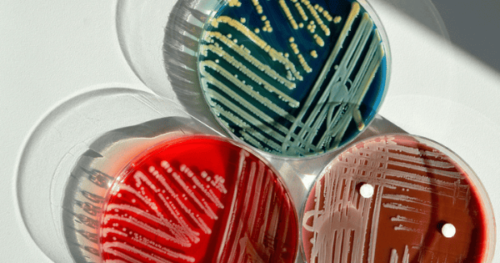In the age of heightened awareness about personal protection, the terms “respirators” and “masks” are often used interchangeably, causing confusion among users. This article aims to clarify the distinctions between respirators and masks, highlighting the key differences and best practices for their use. Additionally, we’ll explore the innovative solutions provided by GVS Malaysia in the realm of respiratory protection.
Understanding the Differences: Respirators vs. Masks
While both respirators and masks are designed to protect the wearer from airborne particles, they differ significantly in terms of design, fit, and intended use.
1. Respirators
– Purpose: Respirators are specifically engineered to filter out airborne particles, including bacteria and viruses. They provide a higher level of protection than masks.
– Fit: Respirators must form a tight seal around the wearer’s face to ensure that inhaled air passes through the filtration system.
– Filtration: Respirators are classified based on their ability to filter out particles. Common types include N95, N99, and N100, with higher numbers indicating higher filtration efficiency.
2. Masks:
– Purpose: Masks are generally intended to protect others from the wearer’s respiratory droplets, serving as a barrier to prevent the spread of germs.
– Fit: Masks typically cover the nose and mouth loosely and are secured with ear loops or ties. They do not require a tight seal.
– Filtration: Masks vary in their filtration capabilities but are generally less effective at filtering out small particles compared to respirators.
Best Practices for Respirator Use:
When using respirators, certain best practices ensure optimal protection:
1. Fit Testing:
– Tip: Always undergo fit testing to ensure a proper seal. GVS Malaysia provides guidelines on fit testing for their respirators, ensuring users achieve maximum protection.
2. Proper Donning and Doffing:
– Tip: Follow GVS Malaysia’s instructions for putting on (donning) and removing (doffing) the respirator to minimize the risk of contamination.
3. Regular Inspection:
– Tip: Inspect the respirator regularly for wear, tear, or damage. GVS Malaysia’s high-quality respirators are designed for durability, but regular checks are crucial.
GVS Malaysia’s Innovative Respiratory Solutions:
GVS Malaysia stands at the forefront of respiratory protection, offering innovative solutions tailored to various needs. From high-filtration respirators to user-friendly designs, their products exemplify a commitment to safety and quality.
Understanding the differences between respirators and masks is crucial for effective personal protection. When it comes to respiratory protection, GVS Malaysia’s range of innovative solutions ensures users have access to high-quality respirators designed for optimal safety. By adhering to best practices and choosing the right protection for the situation, individuals can navigate the landscape of respiratory safety with confidence and clarity. Remember, whether it’s a respirator or a mask, the key is to prioritize safety for yourself and those around you.
For more information, please visit GVS Malaysia Website.



